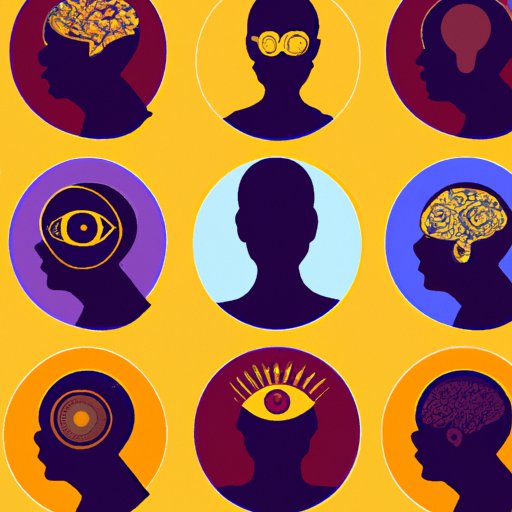
I. Introduction
Mental health is just as important as physical health, yet seeking help for mental illness can still come with stigma and shame. It is important to break down barriers and educate ourselves and others about mental illness. This article will explore strategies and resources for getting help for someone with mental illness. It aims to provide readers with knowledge of mental illness, communication strategies, resource identification, tips for seeking treatment, and self-care as a caregiver.
II. Understanding Mental Illness
Mental illness is a condition that affects a person’s thinking, mood, or behavior. It can be caused by various factors such as genetics, traumatic events, and chemical imbalances. There are many types of mental illnesses including anxiety disorders, depression, bipolar disorder, schizophrenia, and personality disorders. It is important to educate ourselves about the symptoms of each type to understand how to support our loved ones.
III. Communication Strategies
Open and clear communication can make a significant difference in helping someone with mental illness. It is important to ensure that communication is supportive and non-judgmental. Some effective communication strategies include active listening, providing validation, and asking open-ended questions. It is also important to avoid any stigmatizing or hurtful language that can discourage someone from seeking help.
IV. Identifying Resources
There are many types of resources available to those with mental illness. These can include support groups, therapy, medication, and hospitalization. It can be daunting to navigate the complex world of resources, but there are many options available. For example, asking a primary care physician, or a mental health professional for referrals for treatment options, or doing an online search to find relevant support groups. It is important to identify and access these resources to support loved ones with mental illness.
V. Encouraging Treatment-Seeking Behavior
It can be difficult for someone with mental illness to seek treatment, but it is important for their well-being. Encouraging treatment-seeking behavior is a good way to offer support. This might involve providing information about the benefits of professional treatment, such as medication management; validating their experiences; providing emotional support and reassurance of their ability to get better, and joining them for their initial appointments.
VI. Collaboration with Family and Friends
A team effort can help provide care and support to individuals with mental illness. It can involve different people taking on different roles to support a loved one, some people might take on emotional support to their loved ones through active listening, help keeping track of treatment schedules or spending time together participating in activities that help loved ones feel more comfortable. It is also important to engage and involve mental health professionals in the recovery process to offer guidance and recommendations.
VII. Self-Care
Taking care of oneself is essential, especially when caring for someone with mental illness. Engaging in self-care can help maintain one’s physical and mental well-being, thereby ensuring optimal care for our loved ones. Some of the self-care strategies can include engaging in physical activities, socializing, practicing relaxation and meditation, and seeking professional support if necessary.
VIII. Conclusion
Getting help for someone with mental illness can be a daunting task, but it can make a world of difference for your loved ones. Understanding mental health, practicing effective communication, identifying resources, encouraging treatment-seeking behavior, collaborating with family and friends, and prioritizing self-care can provide optimal support. Engaging in the discussed strategies can go a long way in ensuring the overall well-being of our loved ones.




